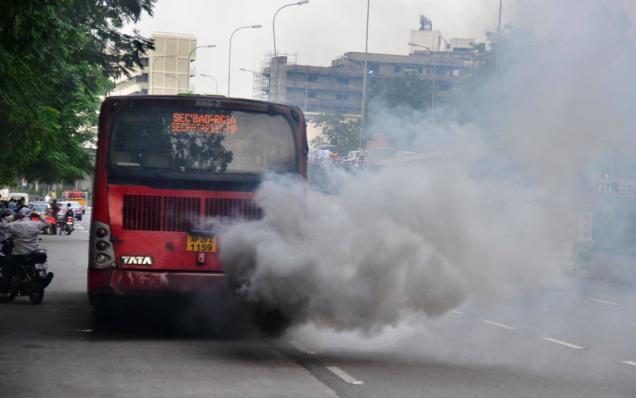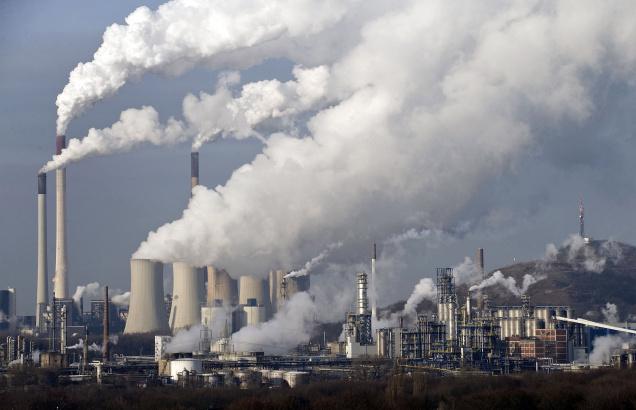Main Sources of Air Pollution
The air around us is a mixture of many gases and dust particles. The percentages of the various gases present in air are
- Nitrogen (78.08%)
- Oxygen (20.95%)
- Other gases (0.97%)
Natural processes and, to a larger extent, human activities, are responsible for the release of various chemicals into the air. The presence of chemicals in the air in quantities harmful to human health and the environment is known as air pollution. Common air pollutants and their main sources are discussed below.
An undesirable change in the physical, chemical or biological characteristics of the air making it harmful for the living organisms (including man) is termed air pollution. The addition of substances in the environment in quantities that are harmful to living beings is called pollution. Air is getting polluted day by day because of various human activities. Burning of fuels like coal and petroleum, excessive burning of fuels like wood, smoke and harmful gases released from industries, smoke released by vehicles and machines releasing gases are the major causes of air pollution. These gases spread and mix in the air and spoil the quality of air, thereby making it impure.
Common pollutants of air are particulate matter and gaseous pollutants.
- Particulate matter is also called suspended particulate matter (SPM) because it remains suspended in air for a reasonable period of time. Common examples of SPM are dust, soot (unburnt, carbon, particles), smoke, flyash etc. Particulate matter consists of tiny particles suspended in air. Volcanic eruptions, dust storms, burning of fossil fuels in thermal plants, and forest fires are some-of the natural sources of particulate matter. It is also present in the exhaust fumes of automobiles and power plants as soot, flyash, and lead particles.

- Gaseous pollutants include carbon monoxide, excess of carbon dioxide, sulphur dioxide, oxides of nitrogen, hydrocarbons, chlorofluorocarbons (CFCs), hydrogen sulphide, methane and ammonia. Besides, asbestos dust, stone dust, cement dust, pollen grains of plants, radioactive rays etc. are other common air pollutants. Chlorofluorocarbons (CFCs) or freons are commonly used as coolants in refrigerators and air conditioners and as propellants in aerosol spray cans. CFCs are also used in home insulation, plastic foam, and throwaway metallic cans. Burning of fossil fuels like coal and petroleum in thermal power plants and automobiles releases oxides of sulphur and nitrogen into the air. Burning of carbon-rich fuels like firewood, coal, and petroleum releases carbon dioxide and carbon monoxide into the atmosphere.

